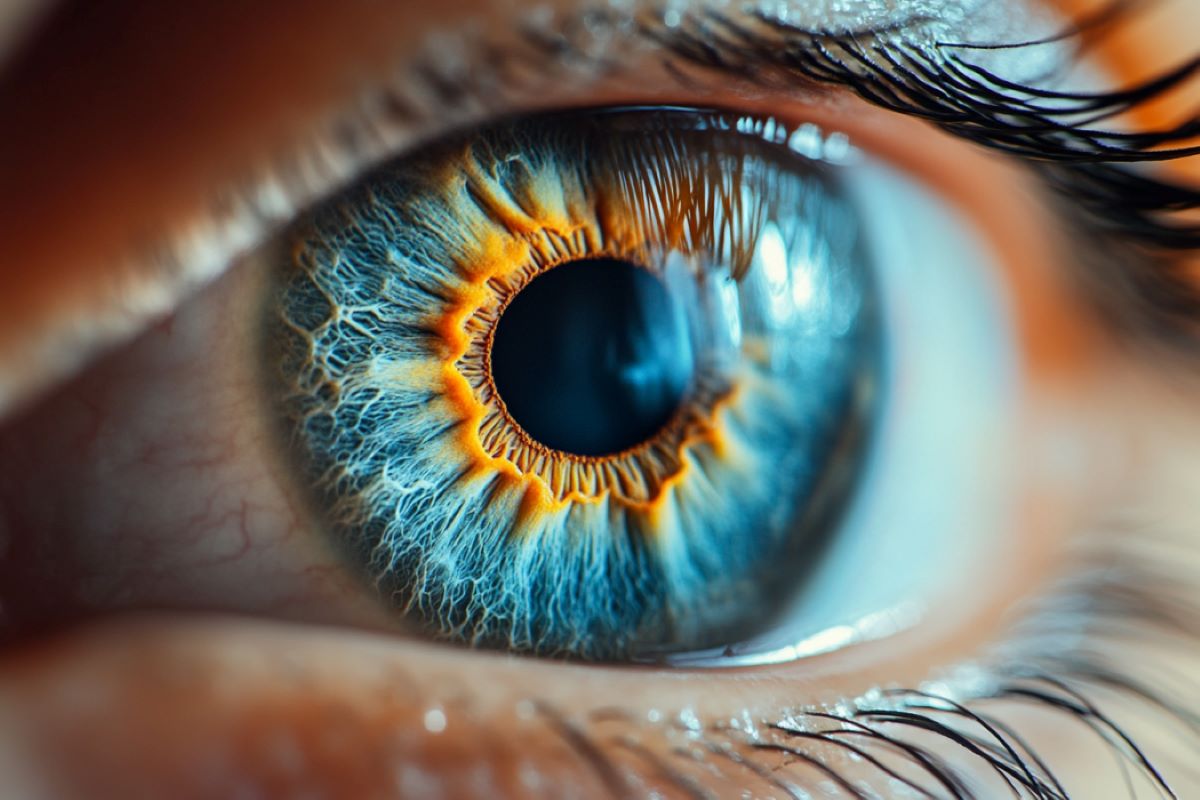Summary: A newly developed gene therapy shows great potential for treating glaucoma, a condition that can lead to vision loss. The therapy protects retinal ganglion cells, essential for vision, and improves their function in animal models of glaucoma. It also enhances energy production in human retinal cells, which could prevent further damage. This therapy offers a new and promising approach to treating a condition that affects millions worldwide.
Key Facts:
- Gene therapy protects retinal cells and improves their function in glaucoma.
- Therapy boosts mitochondrial activity, increasing energy production in cells.
- Could offer a more effective treatment option for glaucoma patients.
Source: TCD
Scientists from Trinity College Dublin have developed a highly promising gene therapy to treat glaucoma – a debilitating eye condition that can lead to complete vision loss, and which affects around 80 million people worldwide.
The team previously showed their therapy offered promise in treating dry age-related macular degeneration (AMD).
The scientists have just published their research in the International Journal of Molecular Genetics. Their work shows how the gene therapy conferred significant benefit in animal models, and in human cells derived from people with glaucoma.

Specifically, the therapy protected key “retinal ganglion cells” (RGCs) that are important in vision and improved their function in an animal model of glaucoma. In human retinal cells, delivery of the gene therapy increased oxygen consumption and ATP (energy) production, indicating enhanced cell performance.
First author of the published research article, Dr Sophia Millington-Ward, Research Fellow in Trinity’s School of Genetics and Microbiology, said: “Glaucoma is a complex group of optic neuropathies and a leading cause of blindness. In Europe, roughly 1 in 30 people aged between 40 and 80 years have glaucoma, and that rises to 1 in 10 in persons over 90, so this is a really common condition that badly needs new treatment options.”
“It is a multifactorial condition with many different risk factors, which adds to the complexity of treating it. Current glaucoma treatments focus on the use of topical eye drops, surgery, or laser therapy, however the outcomes are variable, with some patients not responding and/or suffering serious side effects.”
“The need for better treatment options has inspired and motivated us to continue developing gene therapies, and we are delighted with the promise it is showing.”
The new gene therapy uses an approved virus to deliver an enhanced gene (eNdi1) developed by the Trinity team. The therapy was designed with the aim of boosting mitochondrial activity (mitochondria are “cellular energy generators” responsible for ATP production) and reducing damaging reactive oxygen species.
Jane Farrar, Research Professor in Trinity’s School of Genetics and Microbiology at Trinity, is the senior author of the published research article. She added:
“Developing broadly applicable gene therapies for large numbers of patients is particularly important, given high development costs associated with each therapy – and here we have highlighted this therapy has real potential for boosting mitochondrial function in glaucoma.”
Translation of the studies towards the clinic and patients, while involving many additional steps, is the next focus.
Based on these and other foundational achievements, the Trinity team – together with Loretto Callaghan – recently founded Vzarii Therapeutics to expedite future development of the dry AMD and glaucoma gene therapies towards human clinical trials.
About this genetics and visual neuroscience research news
Author: Thomas Deane
Source: TCD
Contact: Thomas Deane – TCD
Image: The image is credited to Neuroscience News
Original Research: Open access.
“AAV-NDI1 Therapy Provides Significant Benefit to Murine and Cellular Models of Glaucoma” by Sophia Millington-Ward et al. International Journal of Molecular Sciences
Abstract
AAV-NDI1 Therapy Provides Significant Benefit to Murine and Cellular Models of Glaucoma
Glaucoma, a leading cause of blindness, is a multifactorial condition that leads to progressive loss of retinal ganglion cells (RGCs) and vision. Therapeutic interventions based on reducing ocular hypertension are not always successful. Emerging features of glaucoma include mitochondrial dysfunction and oxidative stress.
In the current study, NDI1-based gene therapy, which improves mitochondrial function and reduces reactive oxygen species, was delivered intraocularly via an adeno-associated viral vector (AAV).
This AAV-NDI1 therapy protected RGCs from cell death in treated (1552.4 ± 994.0 RGCs/mm2) versus control eyes (1184.4 ± 978.4 RGCs/mm2, p < 0.05) in aged DBA/2J mice, a murine model of glaucoma.
The photonegative responses (PhNRs) of RGCs were also improved in treated (6.4 ± 3.3 µV) versus control eyes (5.0 ± 3.1 µV, p < 0.05) in these mice. AAV-NDI1 also provided benefits in glaucomatous human lamina cribrosa (LC) cells by significantly increasing basal and maximal oxygen consumption rates and ATP production in these cells.
Similarly, NDI1 therapy significantly protected H2O2-insulted primary porcine LC cells from oxidative stress.
This study highlights the potential utility of NDI1 therapies and the benefits of improving mitochondrial function in the treatment of glaucoma.






